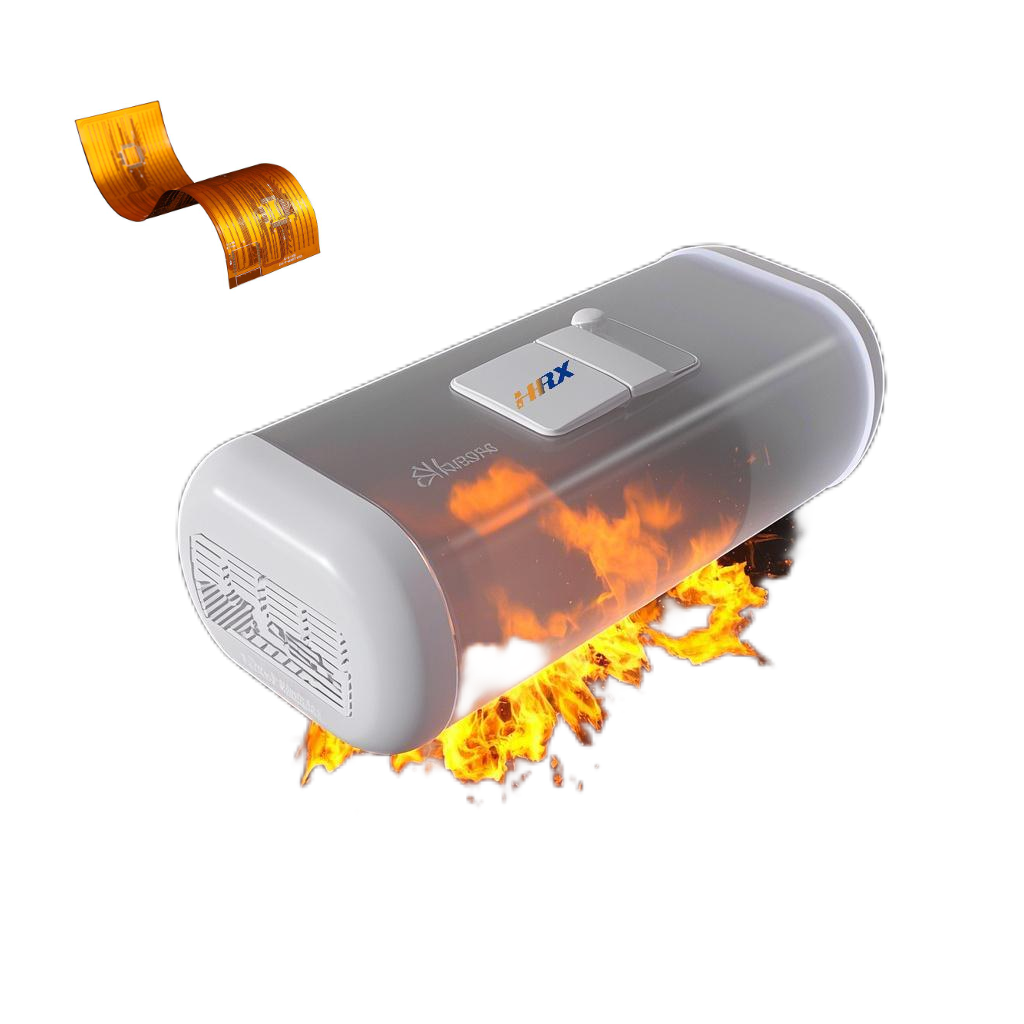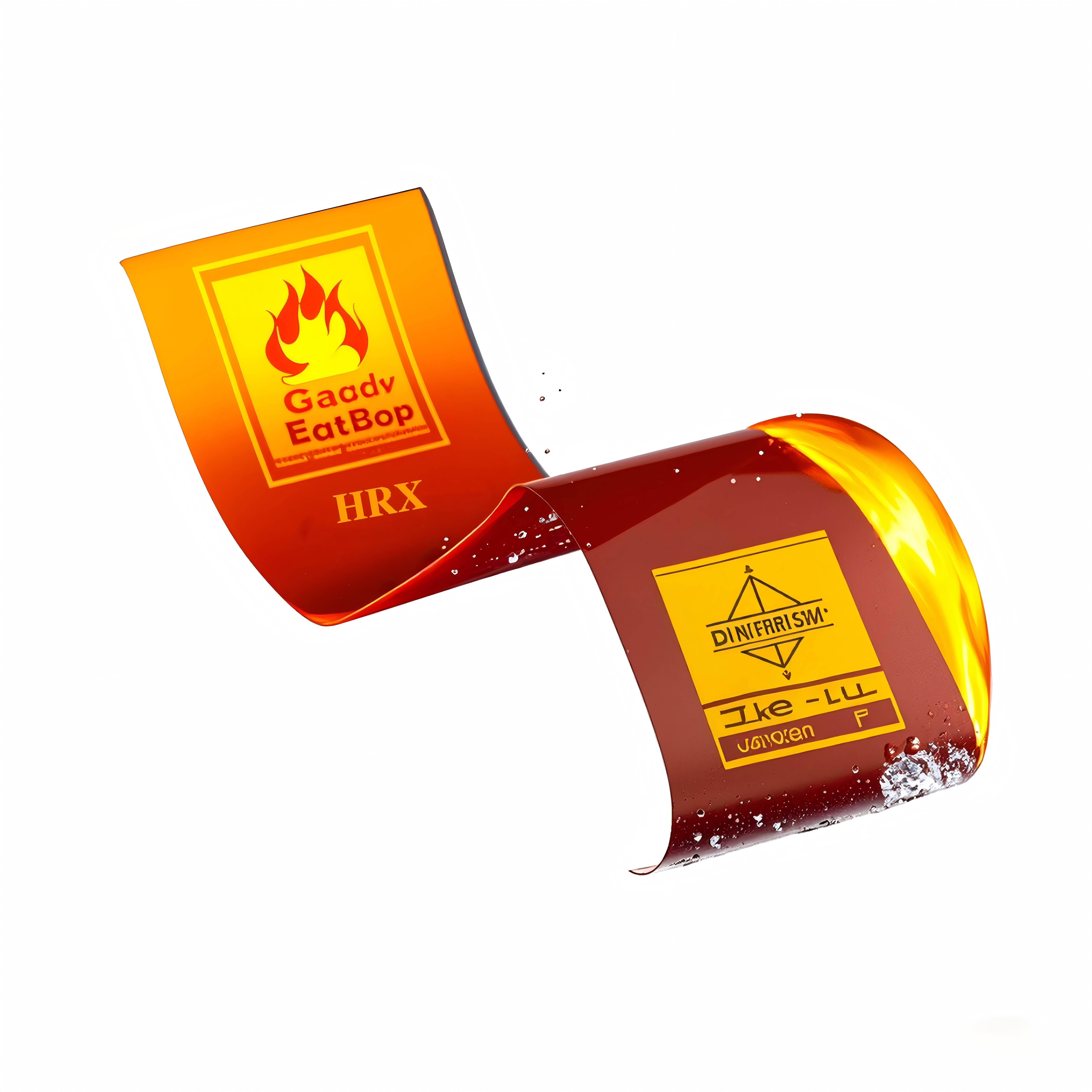Search
How FPC Manufacturers Tackle the Challenge of 400°C High-Temperature Products
- Feb 25,2025
-
Share
In the rapidly evolving domain of modern electronics, the burgeoning demand for high - temperature - resistant products has become a significant trend. Among the key components enabling these applications, Flexible Printed Circuits (FPCs) stand out as critical elements, especially in scenarios that demand operation under extreme thermal conditions. Applications such as aerospace avionics, automotive engine control units, and high - temperature industrial sensors rely heavily on the reliable performance of FPCs at elevated temperatures. When it comes to products designed to endure a scorching 400°C, FPC manufacturers are confronted with a series of formidable technical challenges. Herein, we delve into the core strategies and cutting - edge solutions.

Material Selection
High - Performance Substrates
1.Advanced Polymer Materials: Conventional polyimide (PI) substrates, although widely used in FPC manufacturing due to their general heat - resistance properties, reach their thermal limits when exposed to 400°C. To overcome this hurdle, manufacturers are increasingly turning to advanced polymeric materials like polyarylamide (PAA) or liquid crystal polymer (LCP). PAA showcases remarkable stability and mechanical integrity even at 400°C, making it an ideal candidate for high - temperature - demanding FPC applications. LCP, on the other hand, is lauded for its ultra - low coefficient of thermal expansion (CTE) and excellent dielectric properties, which ensure consistent electrical performance in high - temperature environments.
2.Inorganic Filler - Reinforced Composites: Incorporating inorganic fillers such as alumina (Al₂O₃) and boron nitride (BN) into the base polymer matrix represents a pivotal approach to enhancing the high - temperature performance of FPCs. These fillers not only augment the thermal conductivity of the composite material but also significantly improve its mechanical strength and dimensional stability. By reducing the overall CTE of the material, inorganic fillers play a crucial role in preventing thermal stress - induced delamination and cracking in FPCs operating at high temperatures.
Specialty Adhesives
3.High - Temperature - Resistant Adhesive Systems: The development of high - performance adhesive systems is paramount for ensuring the long - term reliability of FPCs in high - temperature applications. Organic - silicon - based adhesives have emerged as a preferred choice due to their exceptional thermal stability, capable of maintaining robust adhesion strength even at 400°C. Additionally, ceramic - based adhesives are being explored for ultra - high - temperature - resistant FPCs. These adhesives undergo a ceramization reaction at high temperatures, forming a dense, high - strength ceramic structure that provides outstanding thermal and mechanical stability.
Design Optimization
Multilayered Thermal Management Design
1.Metal - Ceramic Composite Layers: Designing a metal - ceramic composite layer within the FPC structure allows for the synergistic integration of the excellent electrical conductivity of metals and the high - temperature resistance of ceramics. For instance, a copper - alumina (Cu - Al₂O₃) composite layer can serve as an efficient heat - dissipation pathway, rapidly conducting heat away from heat - generating components while maintaining structural integrity at high temperatures. Complemented by an aerogel insulation layer, which boasts an extremely low thermal conductivity, the FPC can effectively mitigate heat transfer and safeguard its internal circuitry from thermal degradation.
2.Micro - Channel Heat Sink Design: Implementing a micro - channel heat sink structure within the FPC is another innovative approach to thermal management. By creating a network of micro - sized channels, a cooling medium such as a liquid coolant or a gas can be circulated through the FPC, facilitating efficient convective heat transfer. This design significantly enhances the heat - dissipation capacity of the FPC, enabling it to operate within a stable temperature range even under extreme thermal loads. Additionally, the surface of the FPC can be engineered with a high - emissivity thermal radiation coating or structure, which enhances the radiative heat transfer to the surrounding environment, further reducing the surface temperature of the FPC.
Process Innovation
High - Temperature Sintering and Annealing
1.Precision High - Temperature Sintering: In the manufacturing process of FPCs, especially for processes involving high - temperature curing, precision high - temperature sintering technology is employed. By precisely controlling parameters such as sintering temperature, time, and atmosphere, the materials within the FPC can undergo a complete and uniform reaction at high temperatures. This results in the formation of a stable, defect - free microstructure, thereby enhancing the high - temperature resistance and mechanical properties of the FPC.
2.Advanced Surface Deposition Technologies: Advanced surface deposition technologies such as Chemical Vapor Deposition (CVD) and Physical Vapor Deposition (PVD) play a crucial role in enhancing the high - temperature performance of FPCs. CVD can deposit a thin, conformal layer of high - temperature - resistant materials such as silicon carbide (SiC) or silicon nitride (Si₃N₄) on the FPC surface. These coatings offer excellent thermal stability, wear resistance, and chemical inertness, providing a robust protective barrier against high - temperature environments. PVD, on the other hand, can be used to deposit metal or metal - compound films with tailored properties, such as enhanced electrical conductivity and oxidation resistance, further improving the overall performance of the FPC.

As Shenzhen Huaruixin Electronics Co., Ltd., a leading professional in FPC design and manufacturing, we have amassed extensive technical expertise and management experience in the development of high - temperature - resistant FPCs. Our unwavering commitment to research and development in this field has enabled us to continuously explore and innovate, ensuring that we can meet the ever - increasing demands of high - temperature applications. We cordially invite new and old friends in the industry to engage in technical exchanges and cooperation with us. Let us join hands to drive scientific innovation and achieve common development. Only through collaborative efforts can we propel the continuous advancement of FPC technology in high - temperature applications, opening up new possibilities for the development of modern electronics.

Let’s talk! We’ll provide the perfect solution for you!
-
 Huaruixin Electronics mainly produces printed circuit boards as the core business, to provide customers with one-stop solutions for FPC/PCB production, components sourcing and Assembly.
Huaruixin Electronics mainly produces printed circuit boards as the core business, to provide customers with one-stop solutions for FPC/PCB production, components sourcing and Assembly. - WHAT WE DO — PCB Design Solutions — Flex PCB Production — Components Sourcing — FPC&PCB Assembly
- PRODUCTS — Single Sided Flexible Circuits — Double Sided Flexible Circuits — Multilayer Flexible Cirucits — Rigid-Flex Circuits — FPC Assembly — PCB Assembly
- CAPABILITY — FPC Capability — Rigid-Flex Capability — PCB Capability — Assembly Capability
- Copyright © 2024 Shenzhen Huaruixin Electronics Co., Ltd. All Rights Reserved.
- Design By BONTOP


